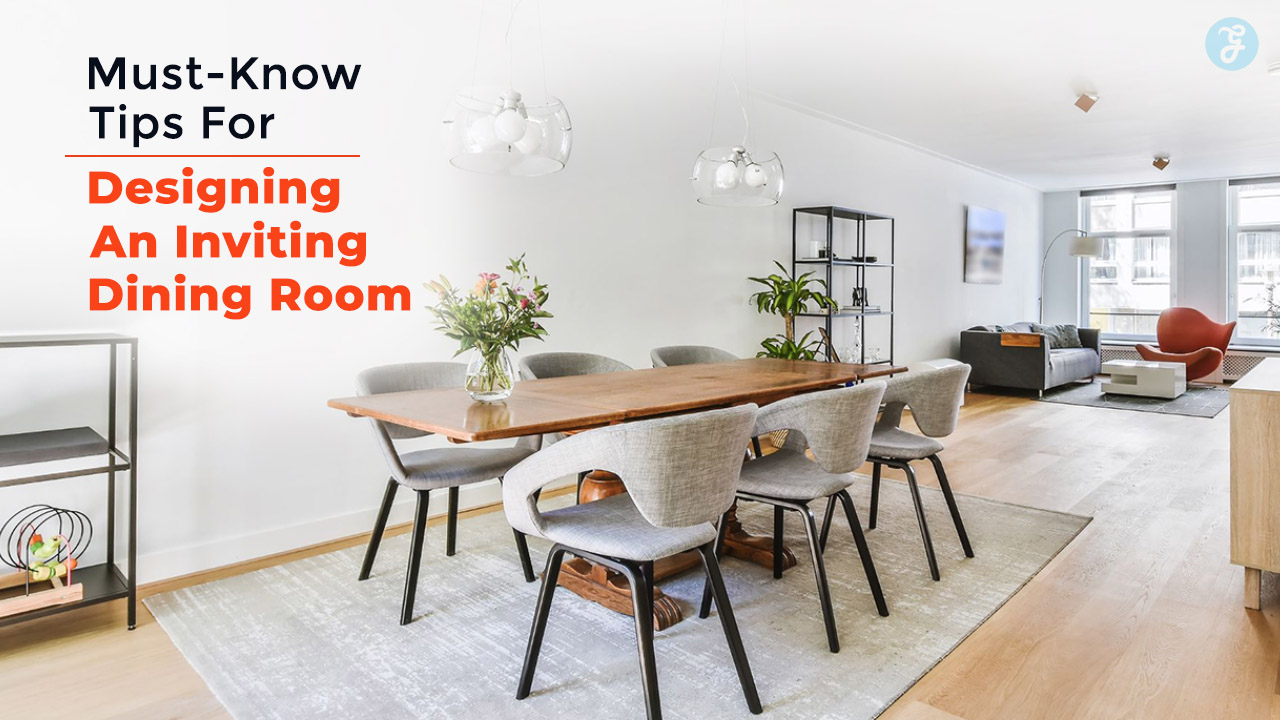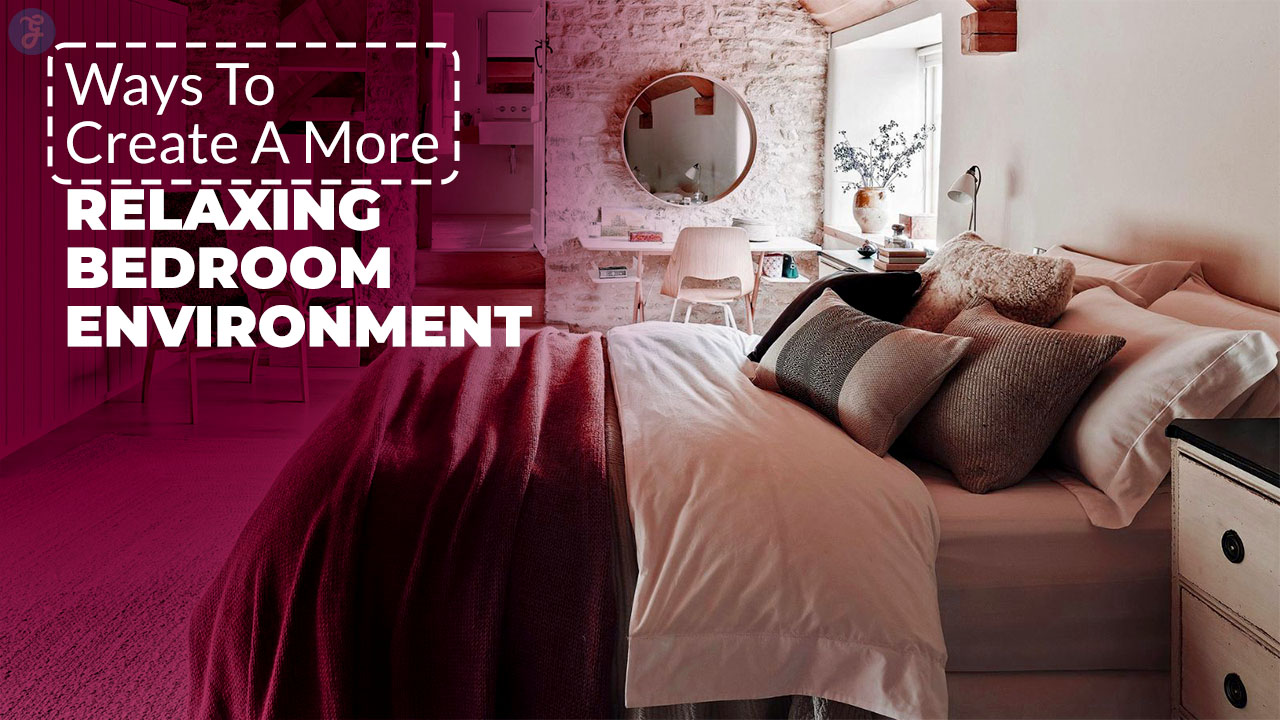Choosing the perfect paint colour for your home can be exciting and overwhelming. With countless options available, from warm neutrals to bold accent hues, it can be challenging to narrow down your choices. This is where a colour catalogue or colour shade cards come to the rescue. These handy tools can simplify decision-making, offering an organised way to explore colour options and make the best choice for your home’s aesthetic.
This blog will cover using a colour shade card to choose the perfect paint for your space and make confident, informed decisions.
What is a Colour Catalogue?
A colour catalogue is a booklet or a fan of paint swatches provided by paint manufacturers. These swatches, also called paint colours for home show various paint colours, sometimes grouped by family (e.g., blues, greens, neutrals) or mood (e.g., warm, cool, earthy). These cards help you visualise different colours and often detail the paint finishes available, such as matte, satin, or glossy.
Why a Colour Catalogue is Important
A colour catalogue is like a roadmap for your home design project. It provides an array of colours categorised in an easy-to-navigate format, allowing you to compare tones and shades in one glance. These cards represent how colours will look in real life, often very different from how they appear on a digital screen or in a paint tin. Whether you’re looking to freshen up a single room or planning a complete home makeover, using a colour shade card helps prevent costly mistakes and saves you time.
Steps to Use a Colour Shade Card for Home Painting
Understand the Basics of Colour Theory
Before learning about colour catalogues, it’s important to have a basic understanding of colour theory. Knowing how different colours interact and affect the mood of a room can help you make more informed choices. For instance:
- Warm colours like red, yellow, and orange can energise a space.
- Cool colours like blue and green can make a room feel calm and relaxed.
- Neutral colours such as beige or grey offer versatility and elegance.
Narrow Down Your Colour Preferences
Start by thinking about the purpose of the room you’re painting. For example, you may want soft, neutral colours in the bedroom for a calming effect, or you might opt for bolder hues in the living room to create a dynamic social space. Use the colour shade card to find shades that match your mood and preferences.
Test Your Choices in Different Lighting
Once you’ve shortlisted your colours, test them under different lighting conditions. Natural light, artificial light, and even the time of day can dramatically change how a paint colour looks. Bring the colour shade card into the room, observe how the colours look at various times of the day, and note any shifts in hue or tone.
Consider Complementary Colours
Don’t just focus on the wall colour; consider how it will complement other room elements, such as furniture, décor, and flooring. Most colour shade cards include suggestions for complementary colours, which can help you build a harmonious palette that flows well from room to room.
Conclusion
Choosing the perfect paint for your home doesn’t have to be overwhelming. By using a colour shade card and following the tips mentioned above, you can confidently choose colours to enhance your space and create the desired atmosphere. Whether you’re after a bold statement or a subtle, calming effect, your ideal colour is just a card away.















































